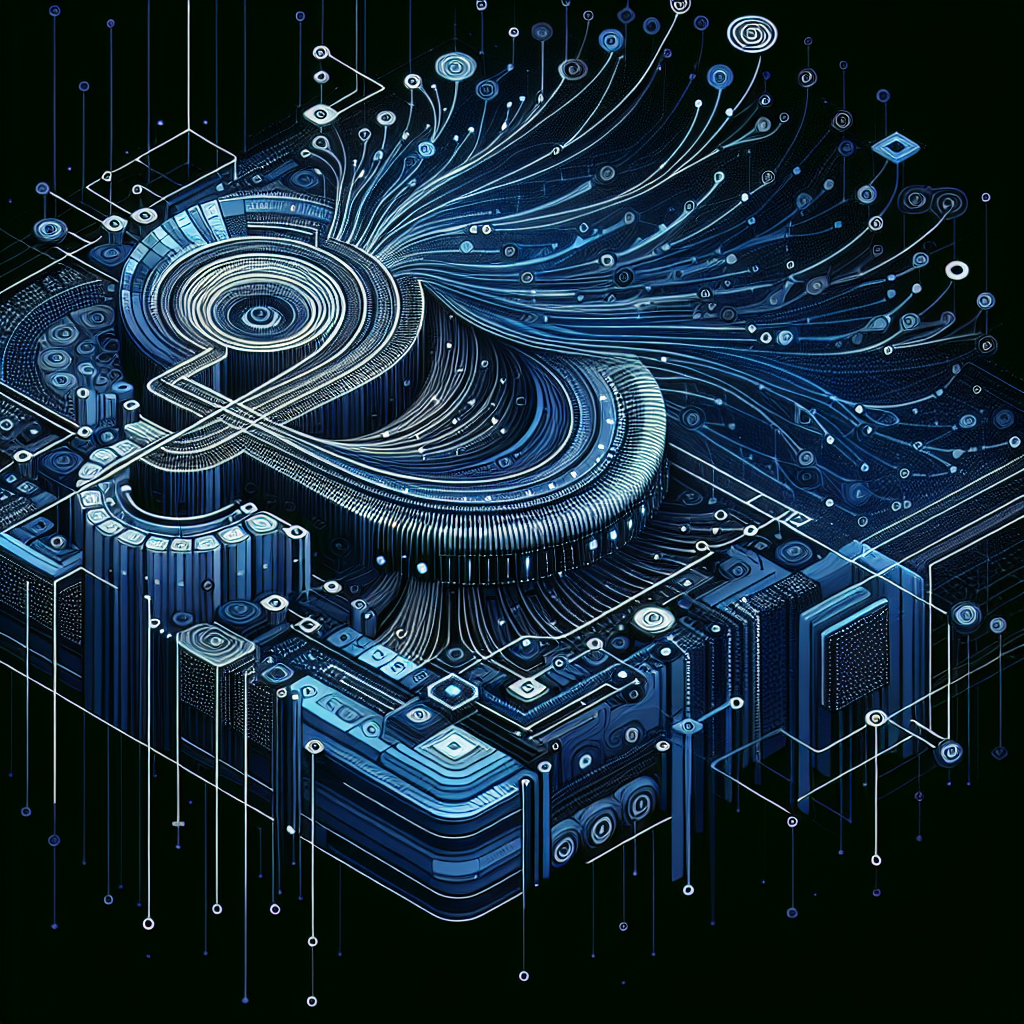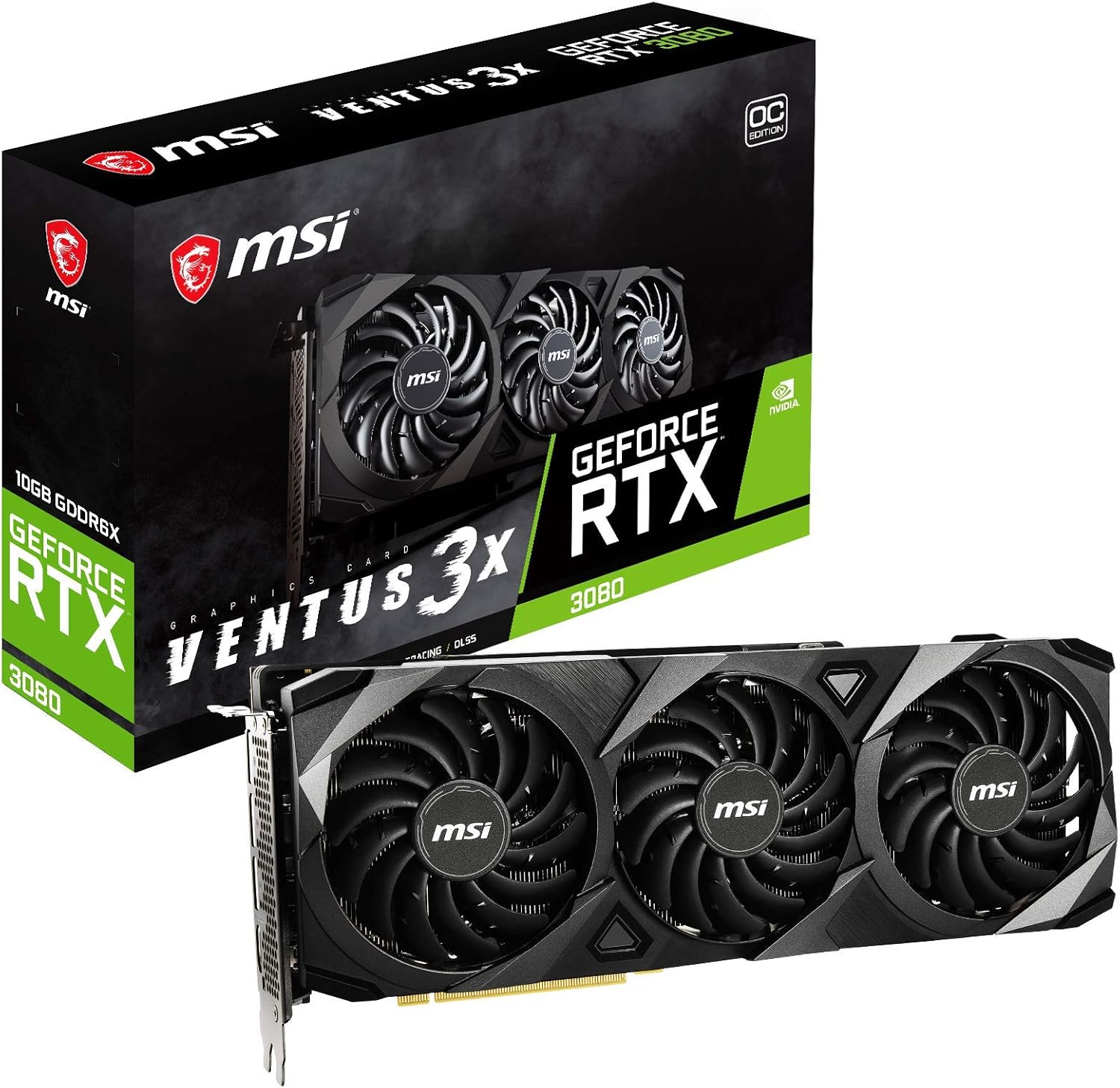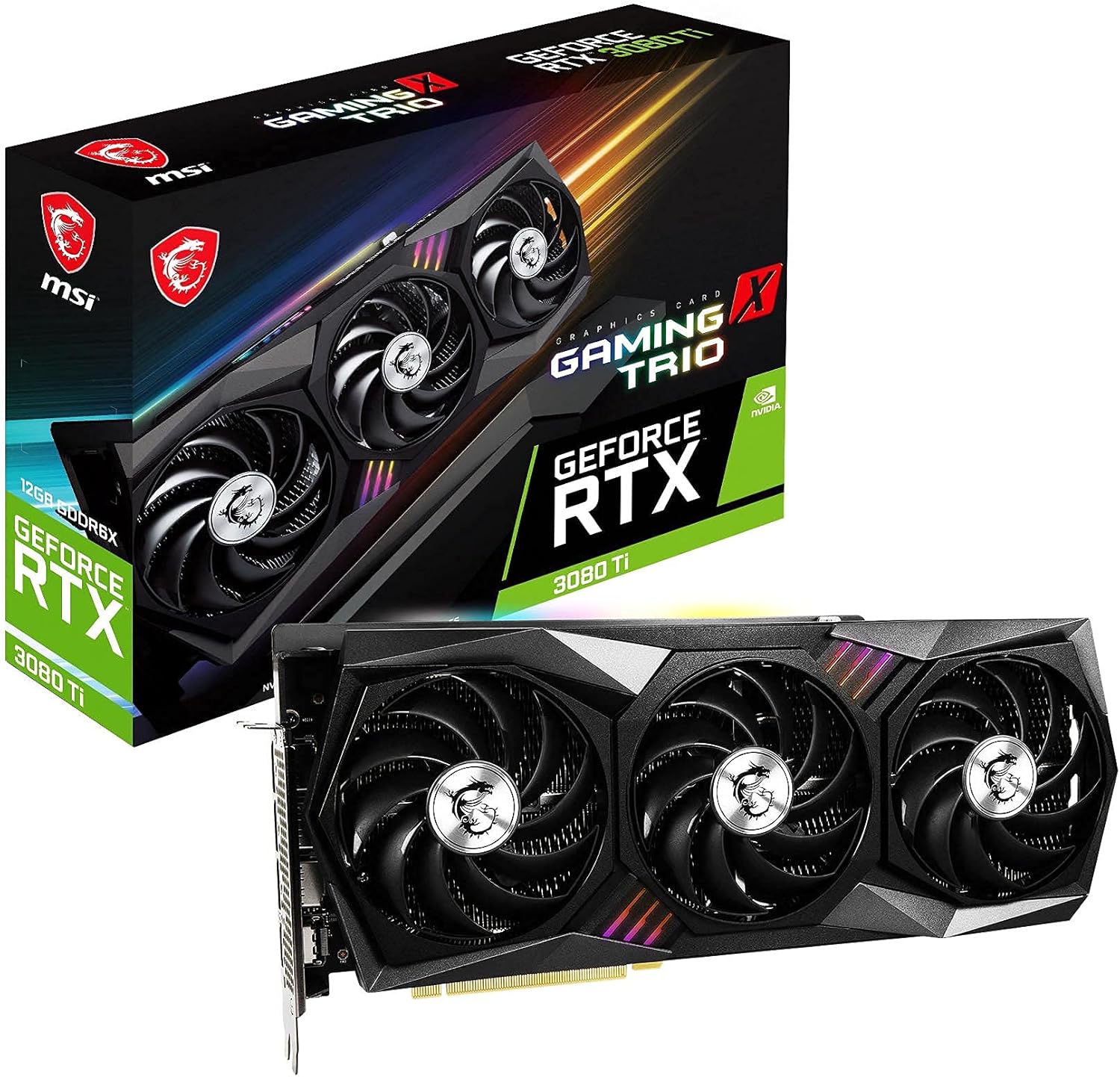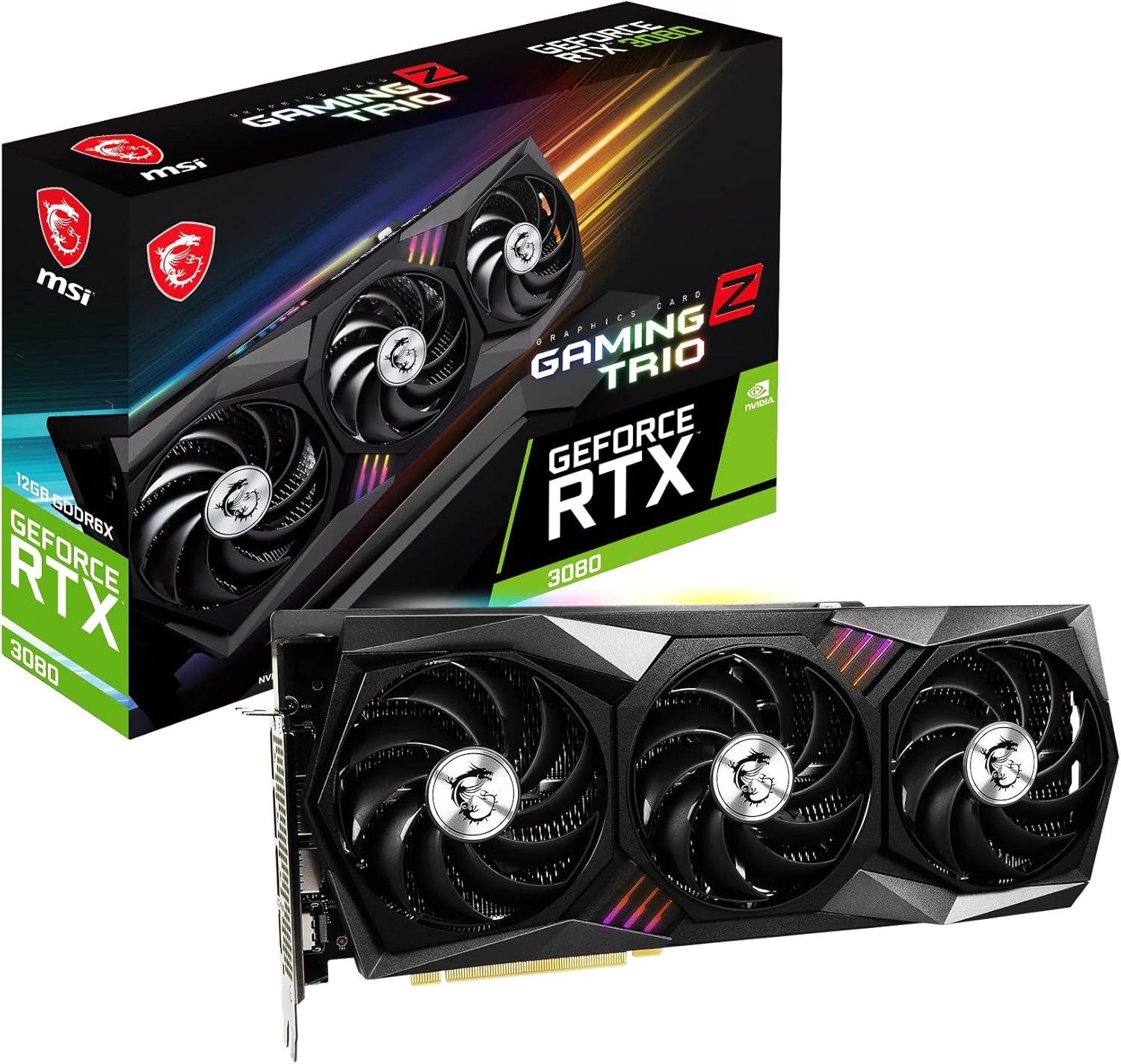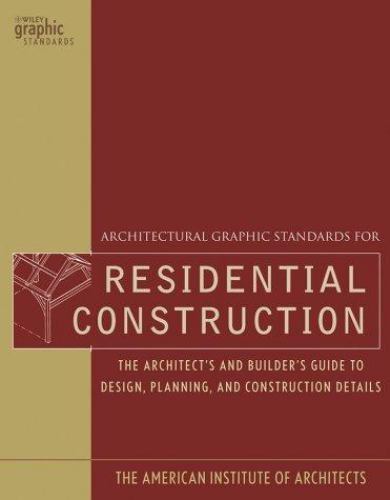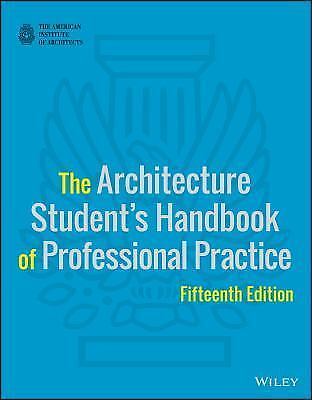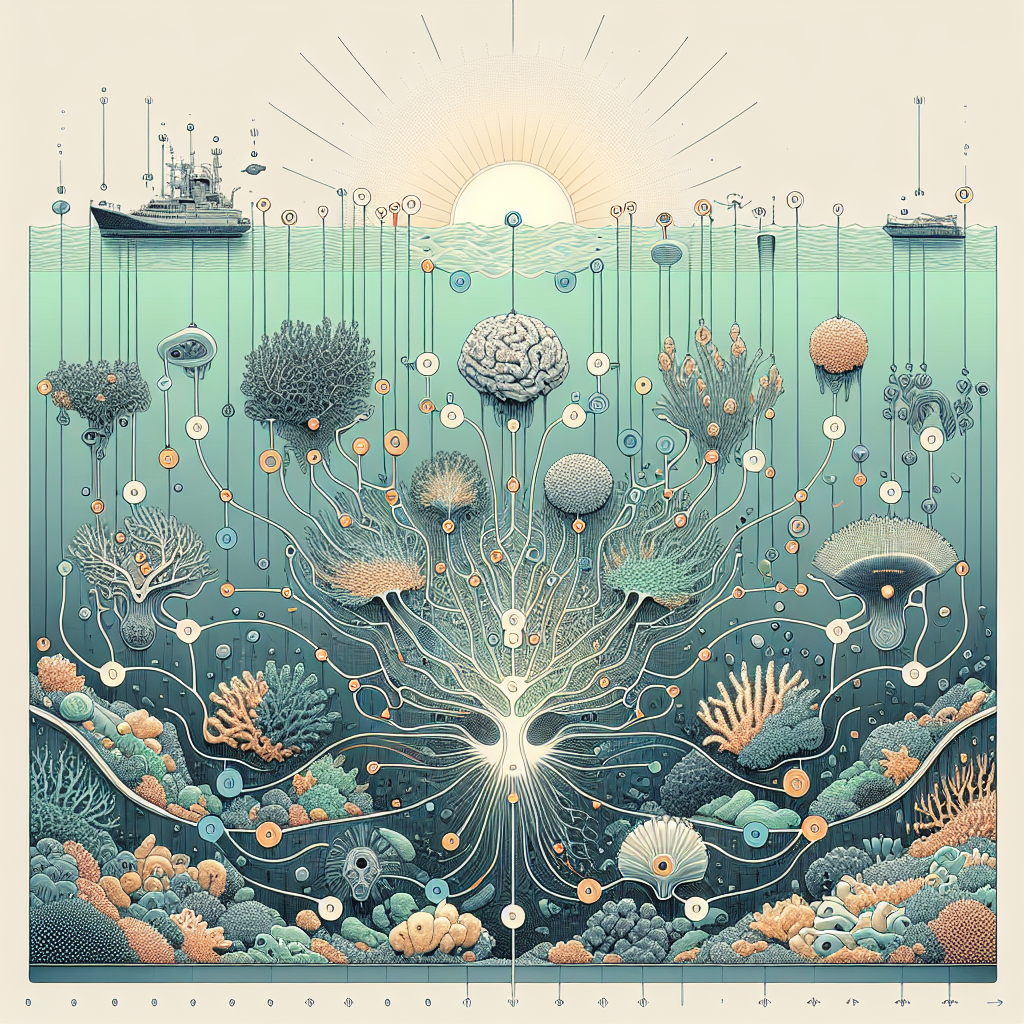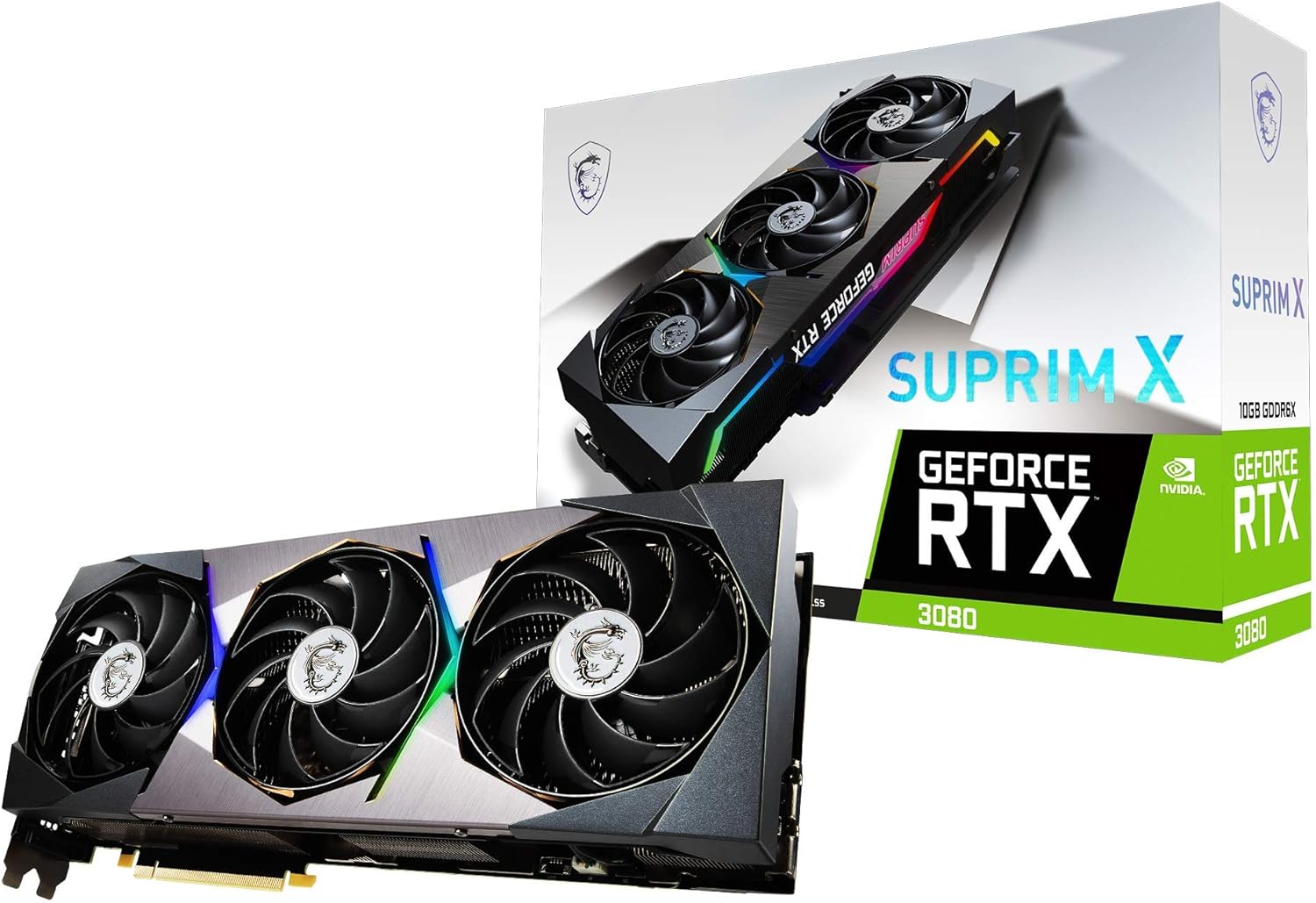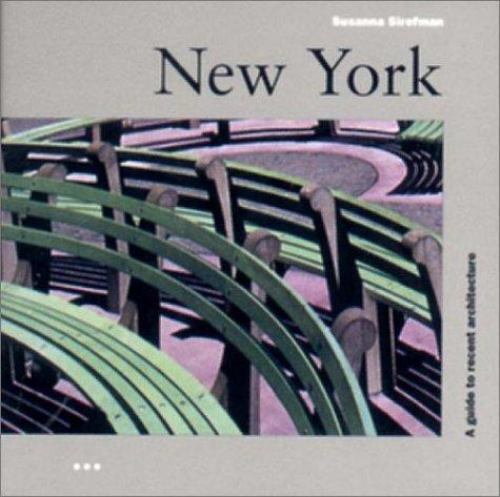Recurrent Neural Networks (RNNs) are a class of artificial neural networks designed to handle sequential data. They have gained immense popularity in recent years due to their ability to model complex patterns in time-series data, natural language processing, and many other applications. In this article, we will take a deep dive into the architecture and applications of recurrent neural networks.
Architecture of Recurrent Neural Networks:
At the core of an RNN is the recurrent connection, which allows information to persist over time. The basic building block of an RNN is the recurrent neuron, which takes an input vector x(t) at time t, along with the output from the previous time step h(t-1), and produces an output h(t) at the current time step. Mathematically, the recurrent neuron can be described as follows:
h(t) = f(Wx(t) + Uh(t-1) + b)
Where:
– h(t) is the output at time t
– f is the activation function
– W, U, and b are the weight matrices and bias vector, respectively
This simple architecture allows RNNs to capture temporal dependencies in the data, making them well-suited for tasks such as time-series prediction, speech recognition, and language modeling.
Applications of Recurrent Neural Networks:
1. Language Modeling: RNNs are widely used in natural language processing tasks such as language modeling, machine translation, and text generation. By processing sequences of words or characters, RNNs can learn to generate coherent text and understand the context of a given sentence.
2. Time-Series Prediction: RNNs excel at predicting future values in time-series data, such as stock prices, weather forecasts, and sensor readings. By learning the patterns in the data, RNNs can make accurate predictions based on past observations.
3. Speech Recognition: RNNs have been successfully applied to speech recognition tasks, where they can convert spoken language into text. By processing audio signals as sequential data, RNNs can capture the nuances of human speech and accurately transcribe spoken words.
4. Video Analysis: RNNs can be used to analyze sequential data in video streams, such as action recognition, object tracking, and video captioning. By processing frames of a video in sequence, RNNs can understand the temporal relationships between different objects and actions.
In conclusion, recurrent neural networks are a powerful tool for modeling sequential data and capturing temporal dependencies. With their versatile architecture and wide range of applications, RNNs have revolutionized fields such as natural language processing, time-series analysis, and video understanding. As research in this area continues to advance, we can expect to see even more innovative applications of recurrent neural networks in the future.
#Deep #Dive #Architecture #Applications #Recurrent #Neural #Networks,rnn
